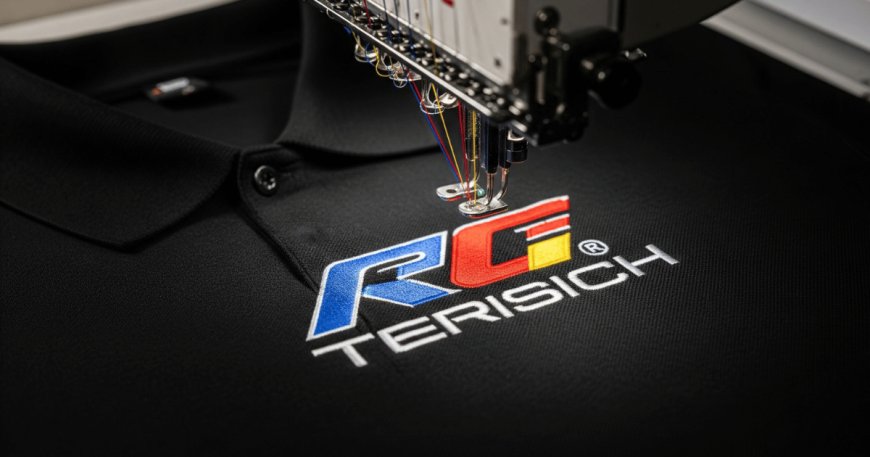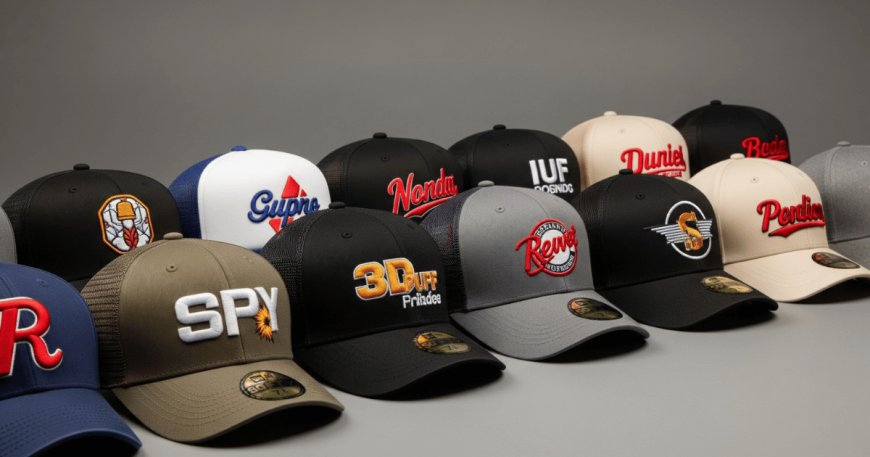Why Embroidery Digitizing Services Are Essential for Custom Apparel
Explore how embroidery digitizing services enhance design precision and help apparel businesses deliver sharp, professional results on fabric.

Several years ago, a startup brand approached a local embroidery shop with their first logo, a bold, artistic piece designed by a friend. They dreamed of having it stitched across caps and shirts for their upcoming product launch. But when the embroiderer loaded the file, everything fell apart: jagged lines, unreadable text, inconsistent thread paths. Thats when they learned the importance of embroidery digitizing services, the step that turns any design into a machine-ready masterpiece.
What seemed like a minor technical detail turned out to be the heart of high-quality custom embroidery. And today, as custom garments dominate both fashion and branding industries, digitizing services have become essential.
What Are Embroidery Digitizing Services?
Embroidery digitizing is the process of converting artwork into a digital file format that embroidery machines can read. This involves translating every detail, line, curve, color, and spacing, into stitch commands, defining how the machine will reproduce the design on fabric.
This service is especially crucial for:
-
Logos
-
Monograms
-
Patches
-
Typography-based graphics
-
Intricate illustrations
The file formats commonly produced include DST, PES, EMB, and EXP, among others, each tailored to different machine types.
View real-world examples and expert support by exploring these embroidery digitizing services.
Why Its More Than Just Conversion
Digitizing isn't a simple upload-and-convert process. It requires a blend of technical skill and artistic judgment. Skilled digitizers consider:
-
Stitch types (satin, fill, run)
-
Stitch density and direction
-
Underlay to support fabric movement
-
Compensation for pull and distortion
-
Sequencing for thread changes and minimal trims
These variables change depending on the fabric type, design complexity, and final product use.
Common Industries That Rely on Digitizing
The demand for quality digitizing spans multiple industries:
-
Apparel manufacturers For uniforms, fashion lines, and accessories
-
Promotional product companies For branded merchandise
-
Event planners For personalized event giveaways
-
Sports teams and schools For custom patches and gear
-
Online custom shops For embroidered products sold via Etsy or Shopify

How the Digitizing Process Works
-
File Submission Clients send JPG, PNG, or even hand-drawn files.
-
Artwork Cleanup The design is cleaned, simplified, and prepped.
-
Digitizing Setup The design is recreated in embroidery software using stitch commands.
-
Test Run A sample stitch-out ensures accuracy on chosen fabric.
-
Delivery The client receives optimized files ready for production.
Key Benefits of Professional Embroidery Digitizing Services
-
Consistent Quality Every stitch lands exactly where it should.
-
Scalability Designs retain their proportions across sizes.
-
Fabric Adaptability Adjustments are made based on the fabric's stretch and texture.
-
Efficiency Fewer machine errors and minimal thread breaks.
-
Customization Unique approaches to each designs artistic needs.
In short, its the foundation of great embroidery.
Mistakes to Avoid with Poor Digitizing
Without proper digitizing, embroidery results suffer. Common issues include:
-
Uneven or broken stitches
-
Poor alignment and distortions
-
Color bleeding or inaccurate shades
-
Fraying edges
-
Wasted materials and time
These errors dont just affect appearance, they damage brand credibility and increase production costs.
Digitizing for Specific Items
Different products demand different digitizing strategies:
-
Caps Require a center-out, bottom-up stitch approach
-
T-shirts Need lighter density and smooth fills to prevent puckering
-
Jackets and leather Call for heavier underlays and strong edge finishes
-
Towels and fleece Require topping materials and minimal detail emphasis
Understanding these variables is what makes custom digitizing such a specialized service.
Digitizing in the Age of Personalization
With e-commerce and small businesses booming, customers expect personalization. A McKinsey report revealed that 71% of consumers expect personalized interactions from brands. Digitized embroidery plays a huge role in this shift, allowing scalable personalization for names, graphics, and messages on apparel, gifts, and accessories.
Whether it's a one-off project or bulk production, digitizing enables brands to scale without sacrificing quality.
How It Supports Sustainability
By ensuring accurate stitching, digitizing reduces:
-
Thread wastage
-
Material misprints
-
Machine downtime
-
Energy use due to fewer reworks
Some embroidery shops even use eco-friendly threads and support sustainable fashion, digitizing enhances these efforts by minimizing design errors from the outset.
Conclusion
Embroidery digitizing services are the backbone of every professional embroidery project. They transform flat images into dynamic, stitch-perfect designs that resonate across garments, accessories, and promotional items. Whether you're creating a signature look or scaling up your apparel business, quality digitizing is what ensures your embroidery turns out flawlessly every time.









































